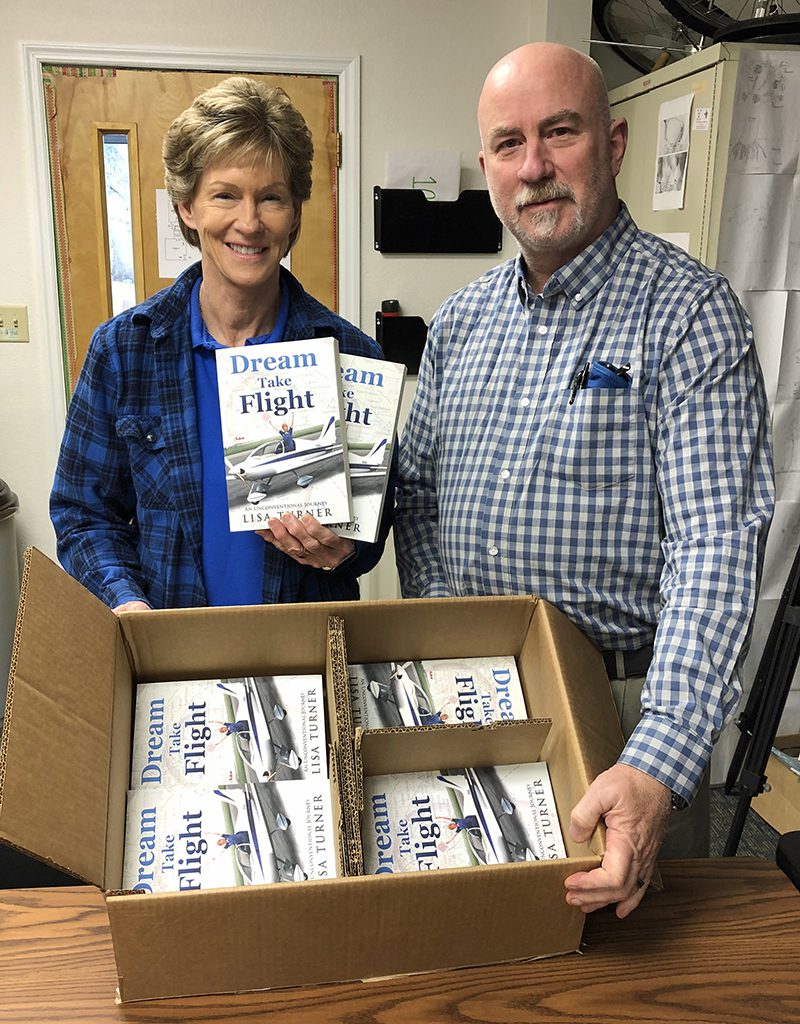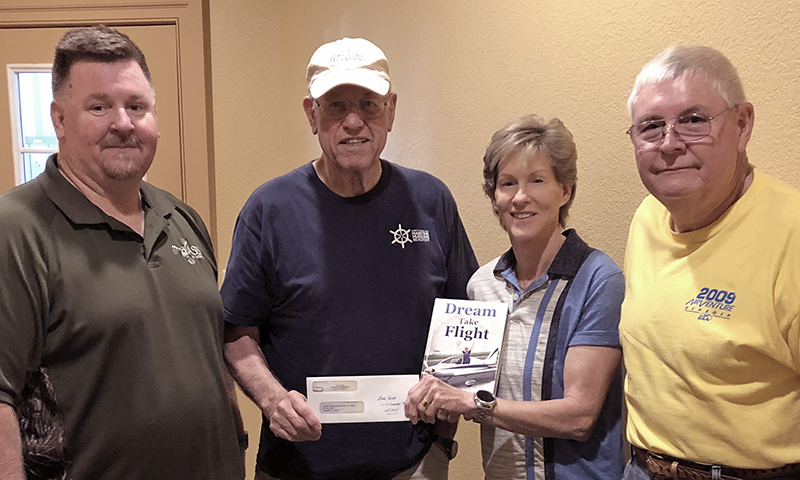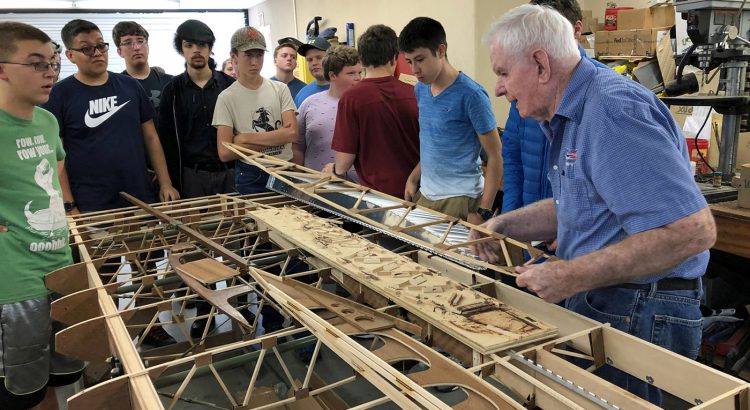What happens when you combine a small airport, a small high school, and a group of passionate pilots?
You get an aviation curriculum, flight simulators, flight instruction, and a local group of citizens who want to donate time and money to enable students to pursue careers in aviation.
Not only that, but this small high school in a county with only 11,000 residents produced the winning GAMA Aviation Design Challenge team in 2019. Hayesville High School also produced a man names Gil West, who is now the Executive Vice President and Chief Operating Officer for Delta Airlines.
Clearly, there is something going on in Hayesville, North Carolina.

In 2017 a group of pilots, teachers, and engineers came together to talk about how they could create a pipeline from surrounding schools to feed the demand for aviation professionals. Rather than being short range or locally focused, the discussion expanded to including the entire western region of North Carolina and the adjacent portions of Georgia and Tennessee.
Needing an organizational vehicle to pull the effort together, the Western Carolina Youth Aviation Foundation (WCYAF) was officially founded in 2019 as a 501(c)(3) non-profit. Donations started pouring in, and the foundation members formed a scholarship program and a web site for students and parents (WCYAF.com).
At the same time, Lisa Turner, a foundation director, had just finished a book about building and flying her first airplane in the 1990s, called Dream Take Flight. She gave a box of books to the Hayesville High School and the local community college.
“It’s not just about building and flying airplanes. It’s about setting and reaching life goals. I hope as many young people read it as possible,” said Lisa.
A kit airplane was donated to the program, teachers gave their time to set up simulators, and the Western Carolina Regional Airport (KRHP) manager, a flight instructor, gave his time to introduce students to flight. A local drone expert agreed to talk to students about his business and even teach classes.
In 2020 the foundation decided to expand its role to the local community college as well as surrounding schools. The kit airplane and the simulators are being set up at the airport, bringing together a broad range of aviation educational tracks. Two applications for flight training scholarships have already been submitted.

As we delight in the convergence of serendipities bringing so much passion and competence to our aviation effort, we also realize the potential for spreading the effort out into other areas. Can we “blueprint” the path to success?
Although the COVID-19 pandemic has thrown a monkey wrench into the activities and the schedule, we believe aviation will come roaring back. We are taking this time to evaluate our progress to date and develop the training we can deliver now – such as the flight simulators – while also practicing distancing.
Introducing aviation curriculum into the science programs at high schools, such as the AOPA effort, is only part of the story. The “blueprint” must also include:
- At least one passionate person who is willing to lead the effort, with another under their wings
- A team of people willing to invest their time in student aviation activities
- A combination of available tracks (not just flight training or kit building), including drone technology
- A regional approach to maximize reach geographically
- Acting as a resource for students with a fully featured list and description of opportunities
- Reaching out to other organizations in other parts of the state and the U.S. to share best practices (like a mini “NCASE” – National Coalition for Aviation and Space Education)
- A well thought out vision, mission, method, and benefits statement.
From the Western Carolina Youth Aviation Foundation site (https://wcyaf.com):
Vision: An ever-expanding group of youth from the local area becoming successful aviation career professionals.
Mission: To support, encourage, guide, and facilitate aviation career educational and flight training programs for youth in western NC and the surrounding area.
Method: We collaborate with school administrators and teachers, airport operators, flight instructors, aviation career professionals, and aviation industry employers.
We serve the community and donors by:
- Inspiring local and surrounding youth to discover career paths in aviation
- Providing selective funding and scholarships for youth aviation career tracks
- Nurturing interest and aspirations in aviation for youth
- Supporting pathways to participation in aviation career tracks
- Providing knowledge, information, and resources about aviation careers
Can this be a blueprint for achievement? We think so, as elusive as a formula can be for something as complex as aviation science. Mix leadership and community involvement with a passionate youth base, and you’ll be on your way.



